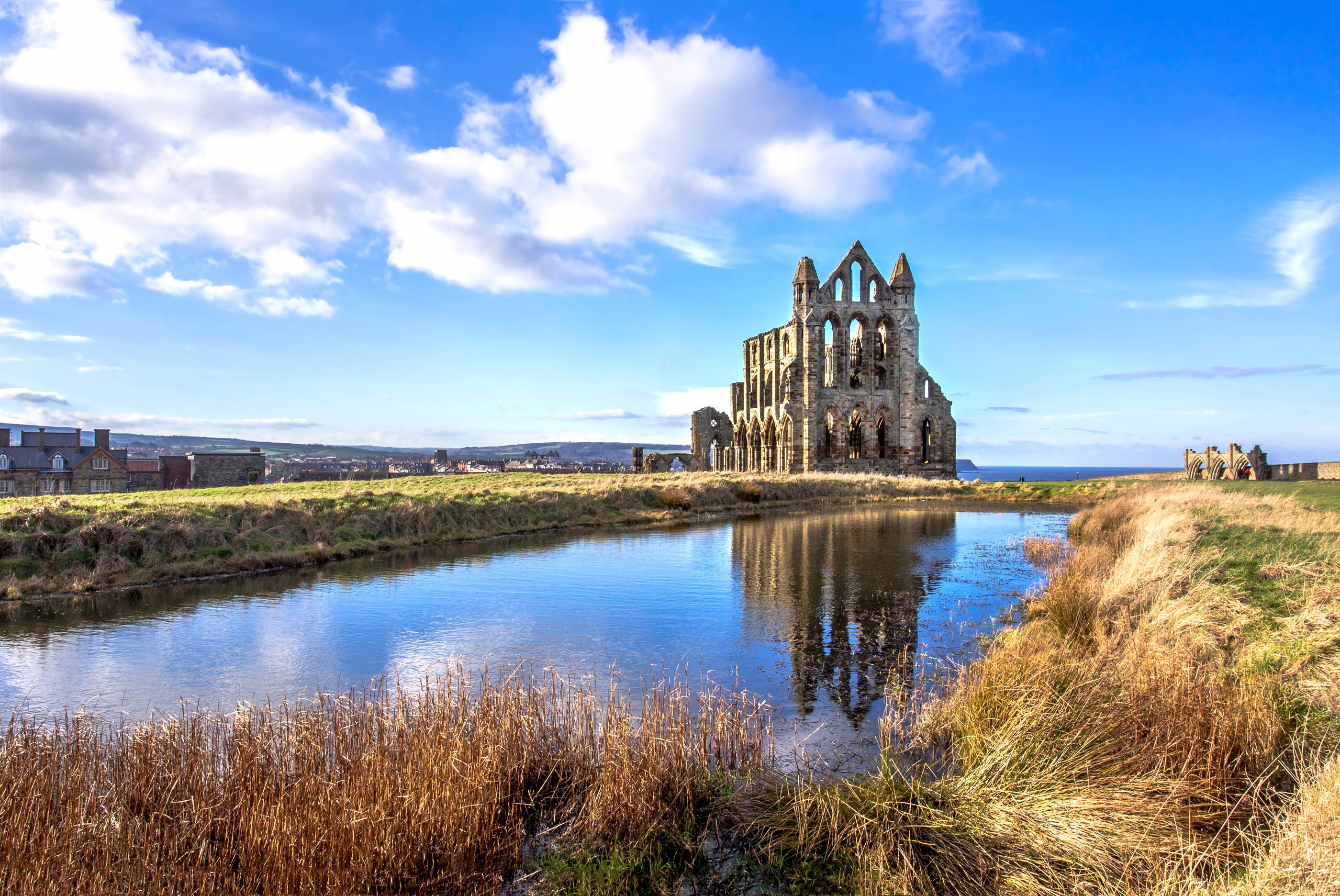6 fabulous days out to fill the Easter weekend
From March 29, several outdoor attractions in the UK will be reopening. Sarah Marshall recommends some of the best.

Your support helps us to tell the story
This election is still a dead heat, according to most polls. In a fight with such wafer-thin margins, we need reporters on the ground talking to the people Trump and Harris are courting. Your support allows us to keep sending journalists to the story.
The Independent is trusted by 27 million Americans from across the entire political spectrum every month. Unlike many other quality news outlets, we choose not to lock you out of our reporting and analysis with paywalls. But quality journalism must still be paid for.
Help us keep bring these critical stories to light. Your support makes all the difference.
So, it’s finally happening. After months of anticipation, desperation and longing, our list of daily activities can finally extend beyond going for a walk in the park or doing the supermarket shopping.
As the British government edges towards another milestone on the roadmap to recovery, a selection of outdoor attractions is due to open from March 29.
English Heritage will be allowing the public to visit more than 50 of their historic sites across the country, all closed since December.
For now, the focus is on outdoor spaces, but with groups of six also permitted to meet outdoors from the end of the month, it’s a great opportunity to plan days out.
“It’s been a long, long winter and our sites – with their wide open spaces, beautiful buildings, fun events and fascinating stories – will be the tonic we all need,” says Kate Mavor, English Heritage’s chief executive.
As the long Easter weekend approaches, here are a few potential entries to fill empty diary pages.
1. Tintagel Castle, Cornwall
The legend of King Arthur captivated Victorian audiences, and even if his story has been embellished over the decades, it’s still a fascinating fairy-tale. His supposed home was this cliff-top castle, in existence since the 5th century. Whether or not you believe the story of the mighty king, his birthplace is equally epic. Partially set on a rugged headland jutting into the Cornish Sea, the windswept ruins consist of various cubby holes and secret corners. Although much of the structure has disappeared, imagination can easily fill in the gaps. The addition of a new footbridge connects this area to the mainland, while a path also leads to the beach and several dramatic coves.
2. Bolsover Castle, Derbyshire
Castles are the ideal antidote to lockdown. For now, the corridors of this fantasy Stuart mansion remain closed, but the gardens will be wide open. A statue of Venus forms the focal point of the Fountain Garden, where a small private chamber is set into the wall. Elsewhere, the lawns are a carnival of colour in spring, bursting with a kaleidoscope of 5,000 plants and flowers. Even from the outside, the romantic property is a spectacle, and a teaser for returning once everything is open.
3. Belsay Hall Castle and Gardens, Northumberland
Delve into a jungle of oversized plants and exotic flowers in a green space that could easily have played host to a population of Jurassic-era dinosaurs. The Quarry Garden is one of several glorious outdoor spaces surrounding this 19th century Grecian manor house and medieval castle. Spanning seven centuries of construction, the property was created and is still owned by the Middleton family (under the care of English Heritage). Although doors are locked for now, there’s plenty of scope for admiring their fine work in wildflower meadows and along woodland trails. Keen gardeners will also appreciate one of the biggest collections of rhododendrons in the country.
4. Down House, Kent
When he wasn’t sailing across oceans and studying finches in far-flung locations, biologist Charles Darwin lived with his family in this country home. The gardens doubled as an outdoor laboratory, allowing the revolutionary theorist to refine many of his ideas. The weed garden, for example, played an important role in informing his theory of natural selection. Elsewhere, he strolled around the premises mulling over thoughts. Visitors can follow his Sand Walk, a trail surrounded by native trees, or explore greenhouses filled with orchids and carnivorous plants – fertile grounds for his work on plant growth and pollination.
5. 1066 Battle of Hastings, Abbey and Battlefield, East Sussex
Brush up on British history with a trip to this famous battleground, where the armies of King Harold and William the Conqueror fought in 1066 at the Battle of Hastings. Find out how the Norman victory resulted in the introduction of the common law, or simply stroll around the well-preserved grounds while admiring the Sussex countryside. The Harold Stone marks the spot where Harold fell – a turning point in history – while wooden sculptures of soldiers help paint a vivid picture of what happened. Explore the ruins of the Benedictine Battle Abbey, founded by William shortly after his victory, and now registered as a Grade 1 listed building.
6. Whitby Abbey, North Yorkshire
Now riddled with more holes than a slab of Swiss cheese, this Gothic masterpiece has been an inspiration for numerous writers and poets. Bram Stoker gleaned ideas for his Dracula stories after visiting, and Caedmon, the first named English poet, also found ideas flowed after touring the remains of the building. Originally founded in 657 as an Anglo-Saxon monastery, it was destroyed by the Vikings and rebuilt in the 13th century.
Visitors must pre-book slots online. Various admission prices apply. Visit english-heritage.org.uk.